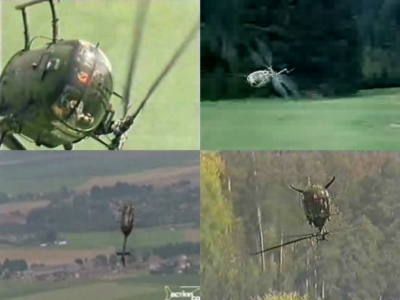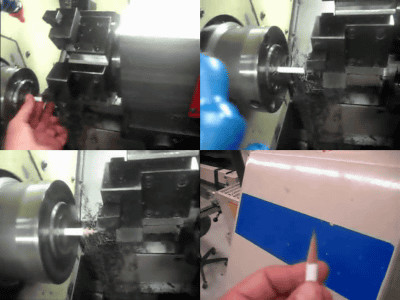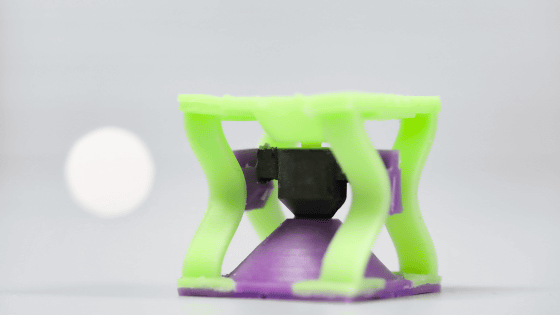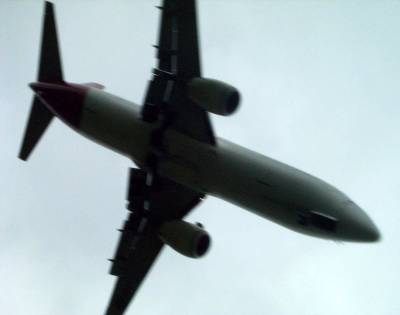A 3D printer can take off and land vertically and a drone that can fly for 3 hours on a single charge is created by a brave man

A
I made a 3D printed VTOL drone that can fly 130 miles
https://www.tsungxu.com/p/i-made-a-3d-printed-vtol-that-can
Before working on this project, Xu was a beginner in the areas of CAD, 3D printing, and aerodynamic modeling required for drone production. Although he had experience building his own VTOL drone in January 2025, he only had basic CAD skills and had only purchased the Bambu Lab A1 3D printer he used for the project about a month ago.
You can see how Mr. Shu made a VTOL drone and actually flew it in the following YouTube video.
I made a 3D printed VTOL that can fly 130 miles (as a CAD beginner) - YouTube
In creating this VTOL drone, Xu's goal was to 'maximize flight time.'

First, the aircraft was modeled and the parts were designed using CAD. As a beginner, Shu learned the necessary knowledge and skills as he worked.
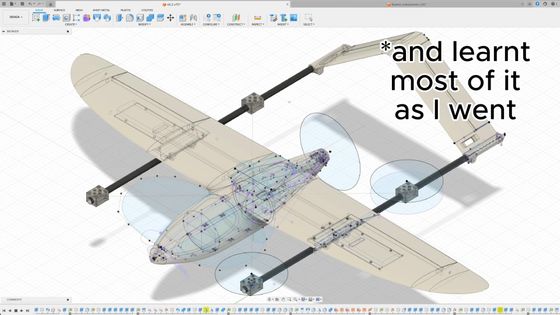
More than 100 parts were printed on a 3D printer using
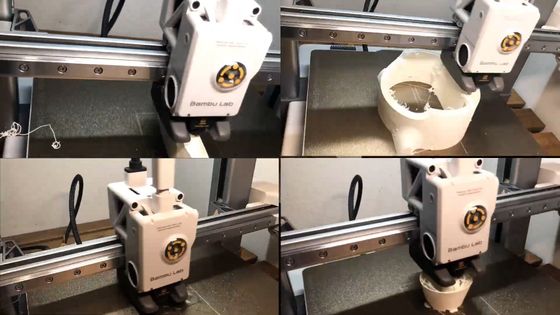
Once we had all the necessary parts and equipment for the drone, we started assembling and testing the parts.
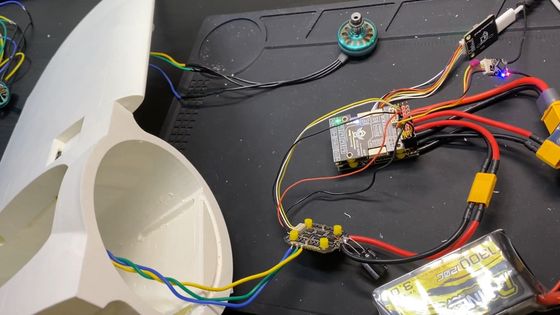
Just by looking at all the parts and equipment lined up, it already has a drone-like feel.
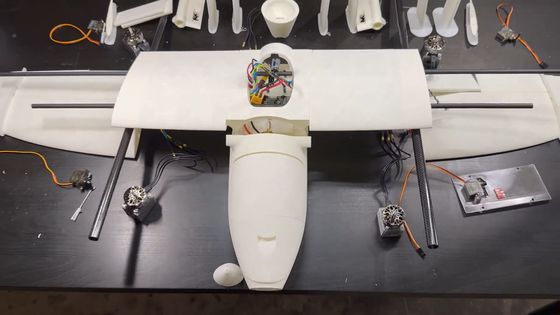
This is what it looks like after assembly. When placed on the ground, the propellers for vertical takeoff and landing rotated without any problems.
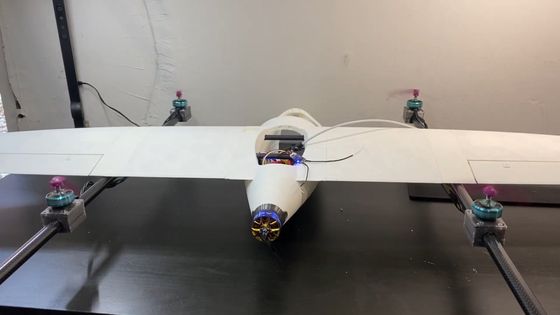
We will immediately conduct a hovering test outdoors.
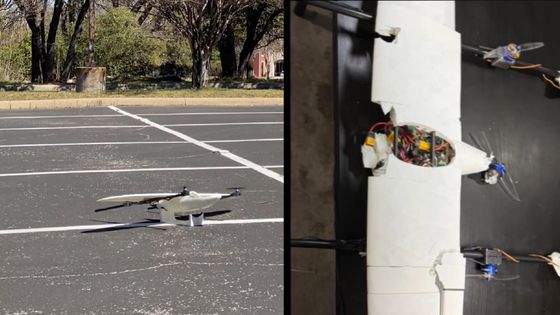
He flipped over onto his back and failed.
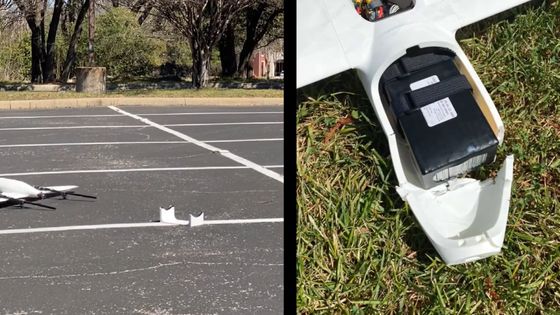
The hovering tests failed again and again, and the drone broke each time.
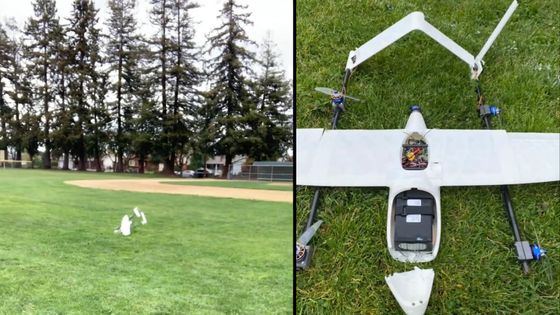
Shue spent about two weeks troubleshooting the issue.
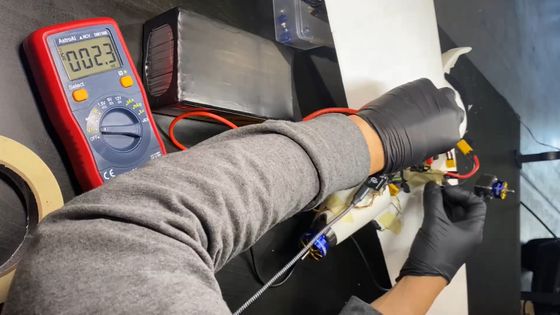
As a result, it was discovered that the cause was overheating of an
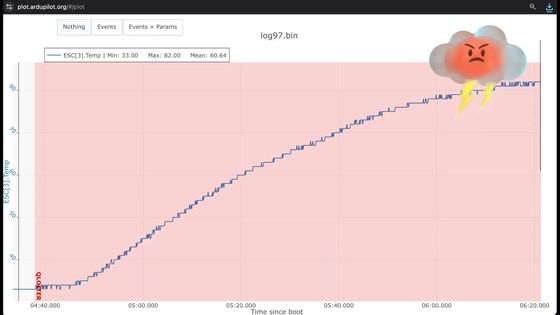
Mr. Shue decided to rebuild the aircraft from parts.
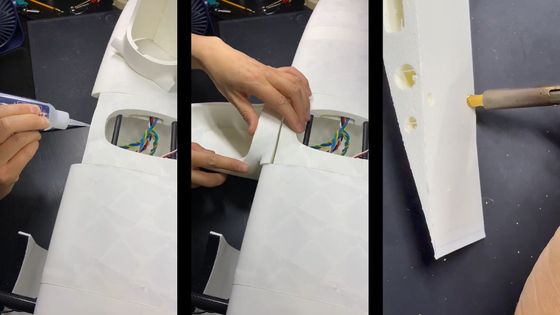
I upgraded the ESC, motor and wiring and bench tested it again.
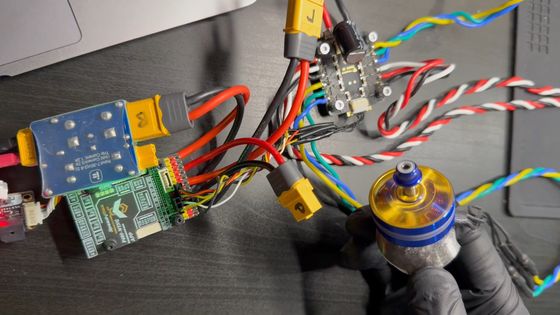
A series of improvements have been made to allow the ESC to operate at low temperatures.
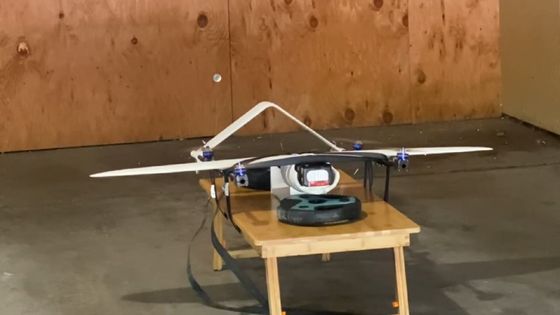
The hovering test results were also good.
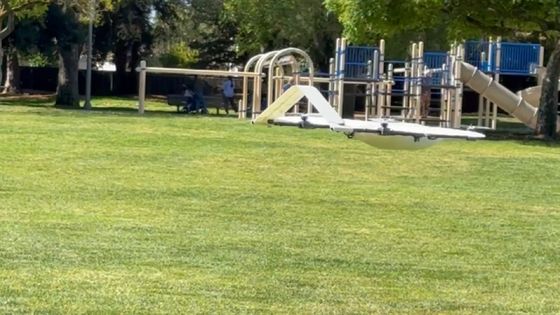
Based on the test results, we adjusted the 'pitch' which indicates forward/backward movement, the 'roll' which indicates left/right movement, and the 'yaw' which indicates turning movement.
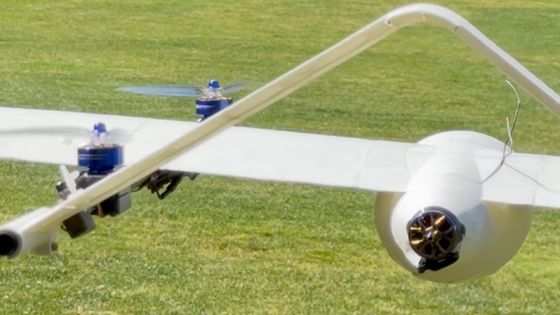
Next, we tested switching from rotor-based hovering to fixed-wing cruising mode.
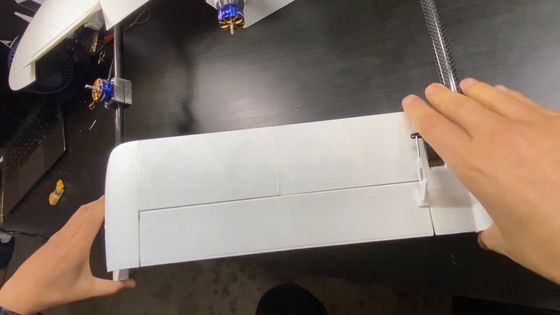
First, we keep the drone body fixed and use a radio control to check whether the moving parts of the fixed wing are working properly.
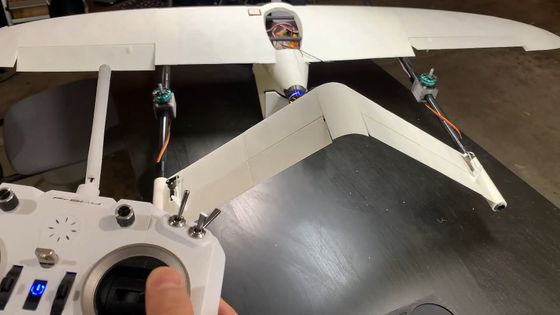
After that, we decided to actually fly the drone outdoors.
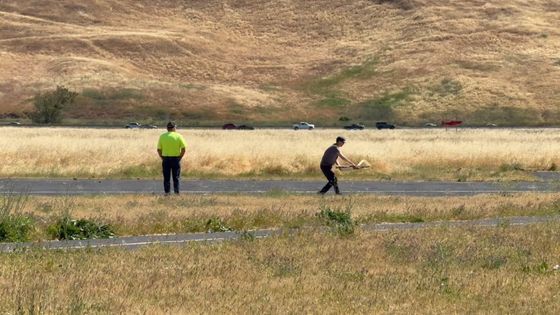
The propeller starts spinning.
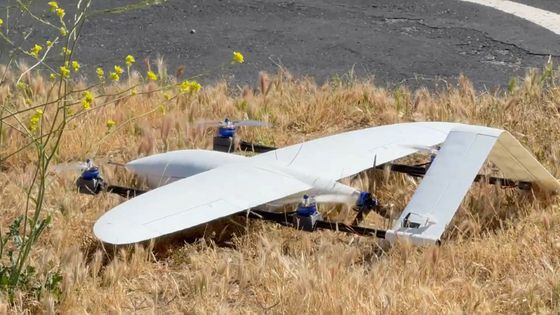
Vertical takeoff was successful.
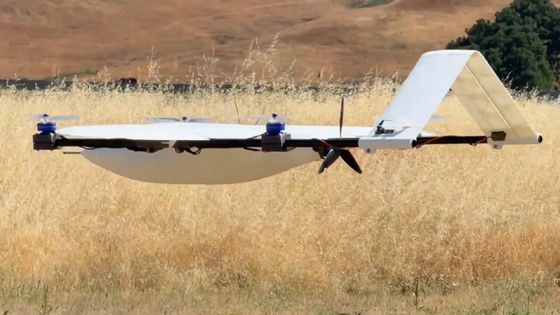
Once sufficient altitude is achieved, the aircraft transitions to fixed-wing cruise mode.
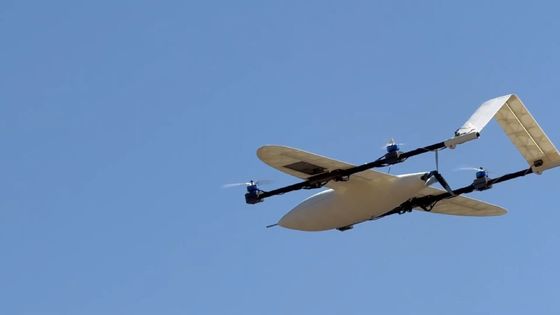
The cruise propellers then generated enough thrust to fly the drone horizontally.
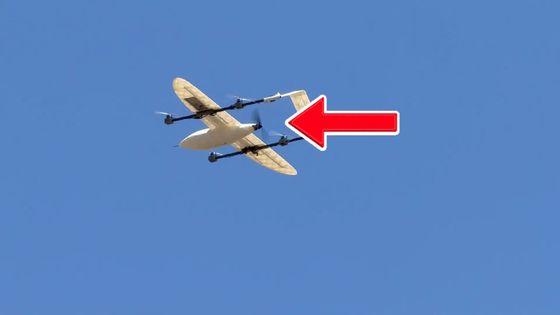
The homemade drone flies smoothly.
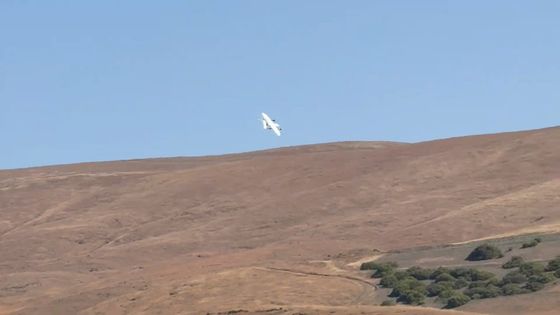
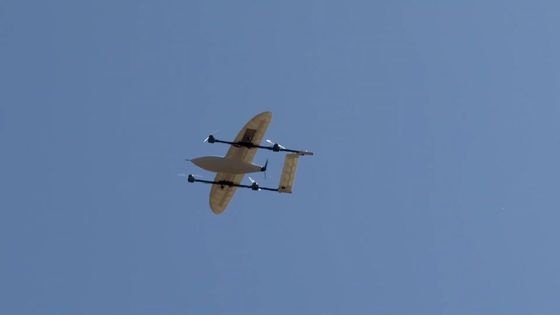
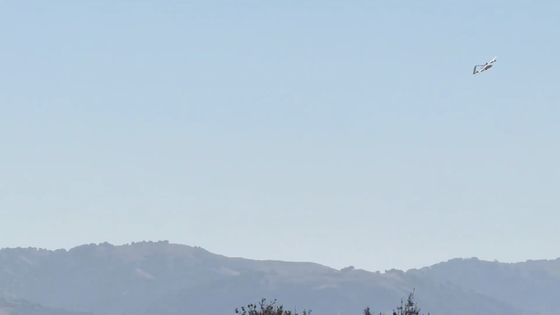
The aircraft was also able to successfully shut down the cruise propellers and transition into a hovering position.
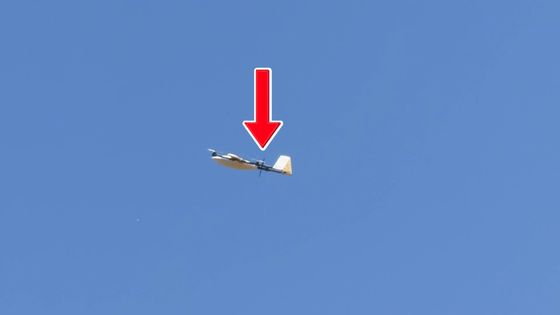

We were able to land it safely without crashing.
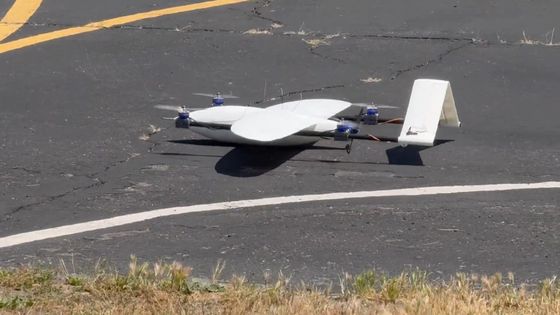
In his tests, Xu showed that the VTOL drone he created could fly 130 miles (about 209 km) on a single charge, with a flight time of about three hours.
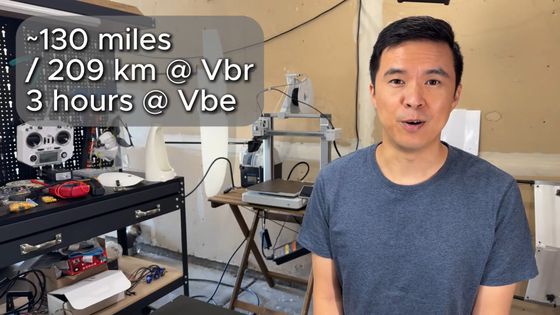
Although the drone hasn't been fully optimized yet, the company says it still has one of the longest flight distances of any 3D-printed VTOL drone.
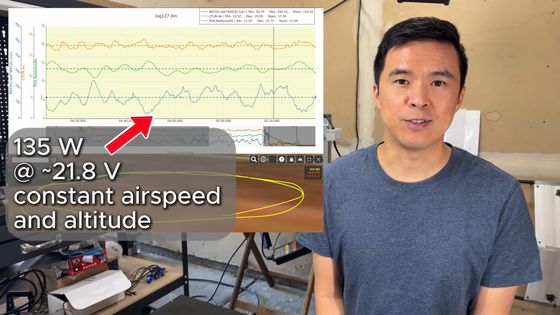
Related Posts:
